
The month of December 2018 is probably going to go down in history as the month when all things climate and energy truly and irreversibly changed for the better in the American West.
From bold carbon reduction commitments by big utilities to the fact that the economics of renewables are unbelievably great (and seem to be getting better by the day), this month has been a watershed moment.
Given this, we thought it’d be useful to dive in more deeply and really explore what all these announcements mean. Below, our top ten takeaways from these latest developments:
10. Xcel Energy Will be Shutting Down all its Remaining Coal-fired Power Plants in Colorado
The big news in early December was Xcel Energy’s announcement of its goals to reduce carbon emissions 80% by 2030 and to become completely carbon-free in its generation of electricity by 2050.
Bold. There’s no other way to put it. Xcel Energy is not only the first utility in the nation to commit to becoming carbon-free, but did so even as the company currently generates power from many coal-fired power plants.
This was not an announcement from some flaming progressive utility. This was an announcement from a utility that still generates huge amounts of power from carbon-intensive fossil fuels. In fact, Xcel still generates more than 50% of its power from coal in Colorado.
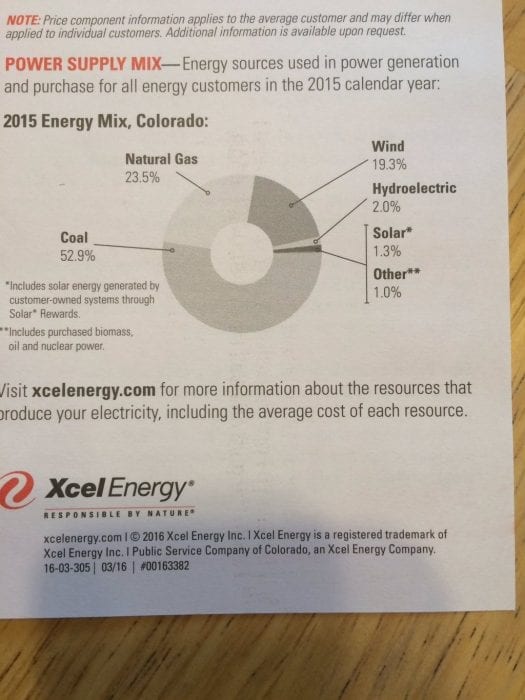
Xcel Energy’s Generating Portfolio, Shared With Ratepayers in Their Bills
And in the wake of this bold commitment, there’s really no escaping the real implications. If Xcel has any chance of reducing carbon emissions 80% by 2030 and going carbon-free by 2050, the company is going to have to shutter all of its remaining coal-fired power plants in Colorado.
And in all likelihood, to meet their 2030 goal of reducing carbon emissions 80%, it means these plants are going away by 2030.
It may seem drastic, but there’s really no other viable option. As Xcel’s CEO commented, this is about doing something for the climate. And as the economics of coal worsen, Xcel will surely soon be followed by other utilities looking to shed the mounting liabilities of fossil fuels.
9. Platte River Power Authority Will be Shutting Down its Coal-fired Power Plant north of Fort Collins, as well as Divesting its Share of Craig
Xcel’s announcement was big, but Platte River Power Authority’s was bigger.
The Colorado power agency, which serves Fort Collins, Loveland, Longmont and Estes Park, announced its goal of eliminating 100% of its carbon emissions by 2030.
While that’s an astounding goal that almost puts Xcel’s commitments to shame, what’s more significant about Platte River Power Authority’s announcement is that will mean a wholesale transformation in the utility’s generating portfolio.
Currently, nearly 90% of Platte River Power Authority’s electricity is generated by coal or natural gas. And of its fossil fuel-generating portfolio, more than half is provided by the Rawhide power plant north of Fort Collins and a portion of the Craig power plant in northwest Colorado.
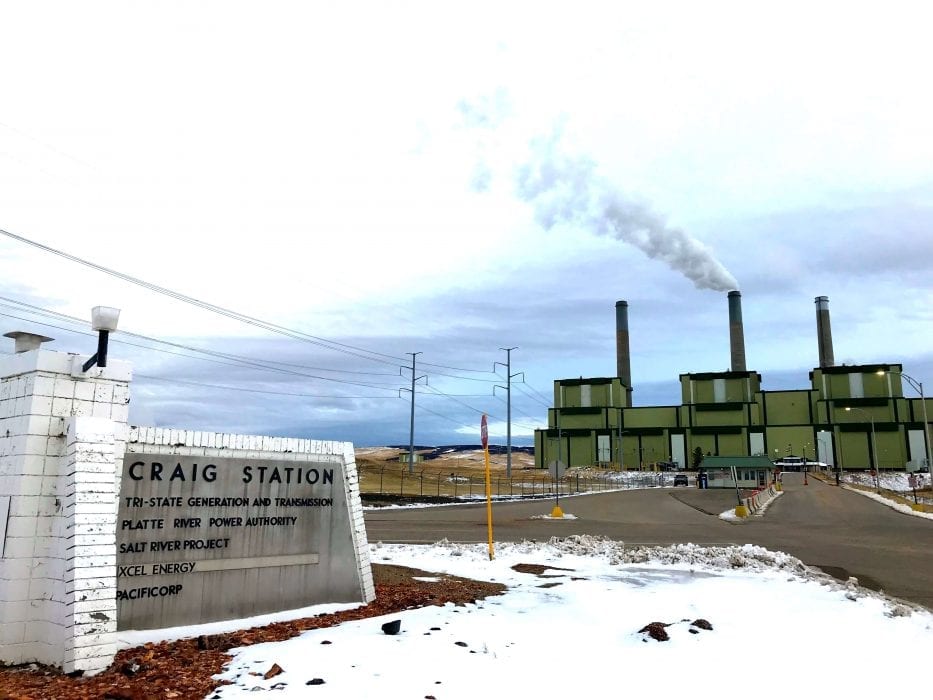
The Craig Station has Five Owners, Including the Platte River Power Authority
The utility’s announcement all but guarantees the Rawhide plant will be shut down and that it will divest of its ownership in the Craig plant, all by 2030.
Coupled with Xcel’s plans, it means that Colorado will be virtually coal-free by 2030.
8. Pacificorp Has no Economic Choice but to Retire a lot of Coal
Pacificorp, a Portland, Oregon-based utility, owns all or portions of 10 coal-fired power plants in Arizona, Colorado, Montana, Utah, and Wyoming (they used to own 11, but shut down an aging plant in Utah in 2015).
To boot, they own coal mines in both Utah and Wyoming.
Yet even this captain of coal in the American West is coming to terms with the reality that its massive fossil fuel enterprise makes no economic sense.
Earlier in the month, the company released a report showing that 60% of its coal-fired generating units are more expensive to operate than developing new alternative sources of power, namely renewable energy.
However, that was just the headline. A closer look at Pacificorp’s report actually reveals that, taken together, all of the company’s coal-fired units are not remotely cost-effective.
Under a base scenario, while some of the company’s coal-fired units are cheaper to operate than alternatives, the savings from retiring uneconomic units would actually offset the costs of retiring the utility’s entire fleet of coal.
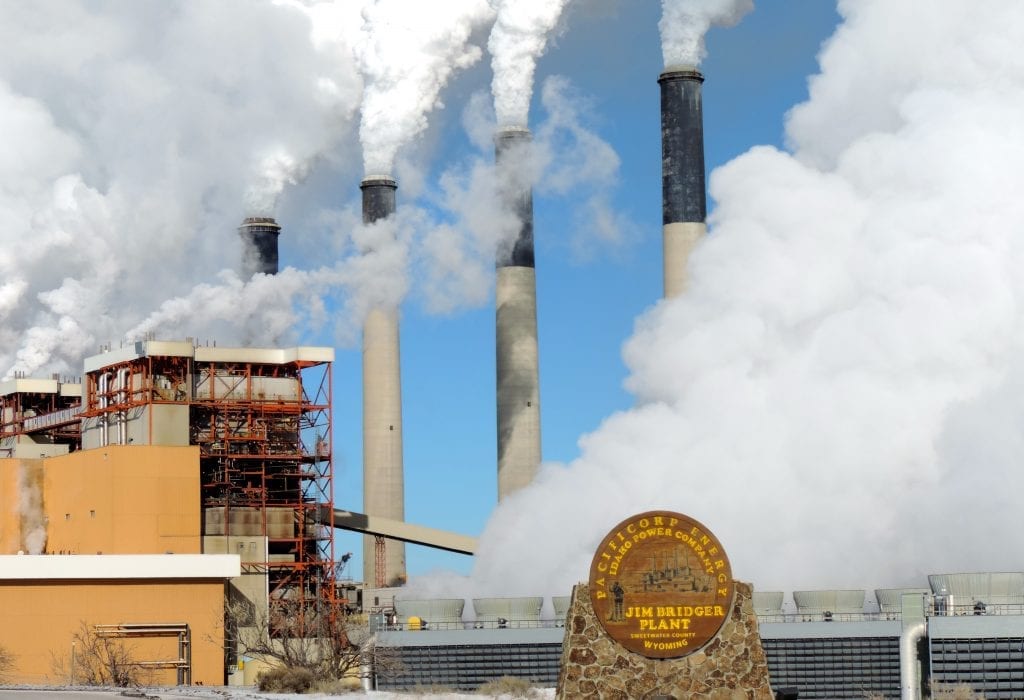
Pacificorp’s Jim Bridger Power Plant in Wyoming
Pacificorp has made no decisions or announcements yet. However, in the wake of Xcel Energy’s carbon-free commitment, it seems inevitable the utility will make a similarly bold proclamation in 2019.
Ultimately, we’re likely to see Pacificorp make a big move away from coal in the very near future. Because of the company’s massive coal footprint in the American West, this move promises a massive move to renewable energy in the western U.S.
7. People Served by Colorado Springs Utilities Should be Worried
Colorado Springs Utilities serves the City of Colorado Springs, Colorado and surrounding communities. And while the municipal utility seems innocuous, they generate more than 40% of their power from coal from two coal-fired power plants, including one—Martin Drake power—right in the middle of the City’s downtown.
For years now, residents and ratepayers have sounded the alarm over the Martin Drake power plant, which sours the skies with toxic emissions.
Equally alarming is the fact that Martin Drake is one of the least efficient and most expensive municipally owned power plants to operate in the United States.
In spite of this, the utility seems to have no plans for addressing the rising costs of power except a vague and unenforceable commitment to retire Martin Drake by 2035. What’s more, the utility seems to have no plans to retire its other coal-fired power plant, the Ray Nixon plant located south of Colorado Springs.
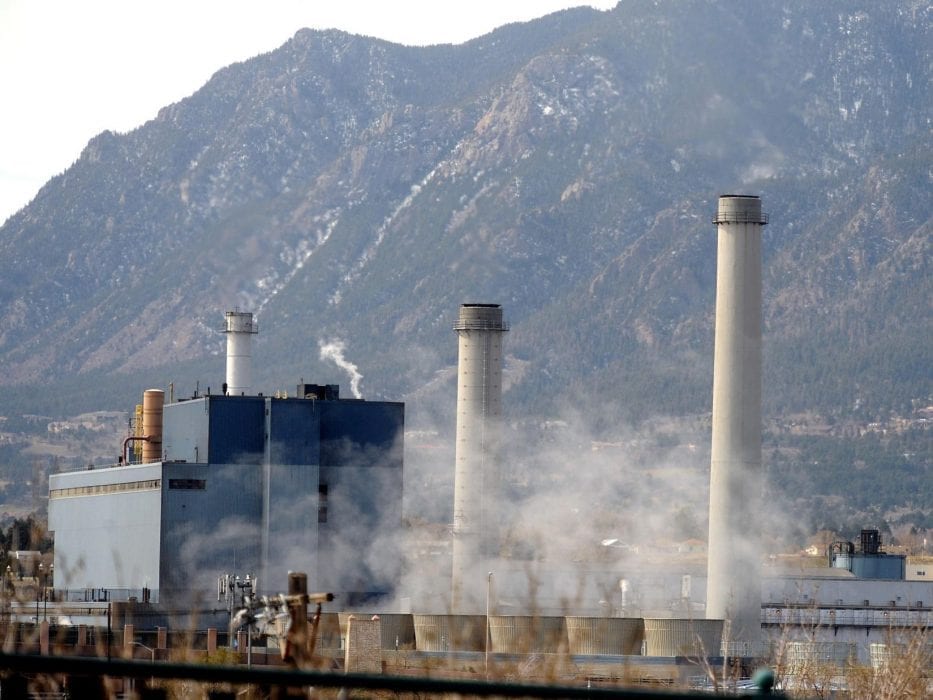
The Martin Drake Power Plant Sits at the Foot of Pikes Peak in Colorado Springs
So, while other utilities in Colorado are making big moves away from coal, Colorado Springs Utilities is staying firmly committed, at least for the time being, to costly coal.
It’s no wonder why people in Colorado Springs are increasingly incensed over their utility’s inaction.
The unrest will only grow as Colorado Springs Utilities delays providing its customers with cleaner and more affordable power.
6. This is the Beginning of the End for Tri-State Generation and Transmission
Tri-State Generation and Transmission is a utility company that provides wholesale power to 43 member rural electric cooperatives in Colorado, Nebraska, New Mexico, and Wyoming.
And while Tri-State has a noble goal of energizing rural communities within its service area, the company is facing growing resistance over rising costs.
The reason for rising costs: the company’s heavy reliance on coal-fired power, as well as Tri-State’s investments in coal mines.
Because of this, the utility is facing the prospect of a mass exodus of its customer base.
In 2016, one of its former members, the Kit Carson Electric Cooperative in northern New Mexico, bought out its contract with Tri-State. This month, another member, the Delta Montrose Electric Association in western Colorado, filed a complaint with state utility regulators to do the same.
Not only that, but other members, including the United Power Cooperative, La Plata Electric Cooperative, and the Poudre Valley Electric Cooperative, all of which are major revenue generators for Tri-State, are also exploring alternatives to the utility company.
Coupled with the fact that Tri-State’s utility partners, including co-owners of the Craig coal-fired power plant in northwestern Colorado, are moving away from coal, the company is facing a bleak future.
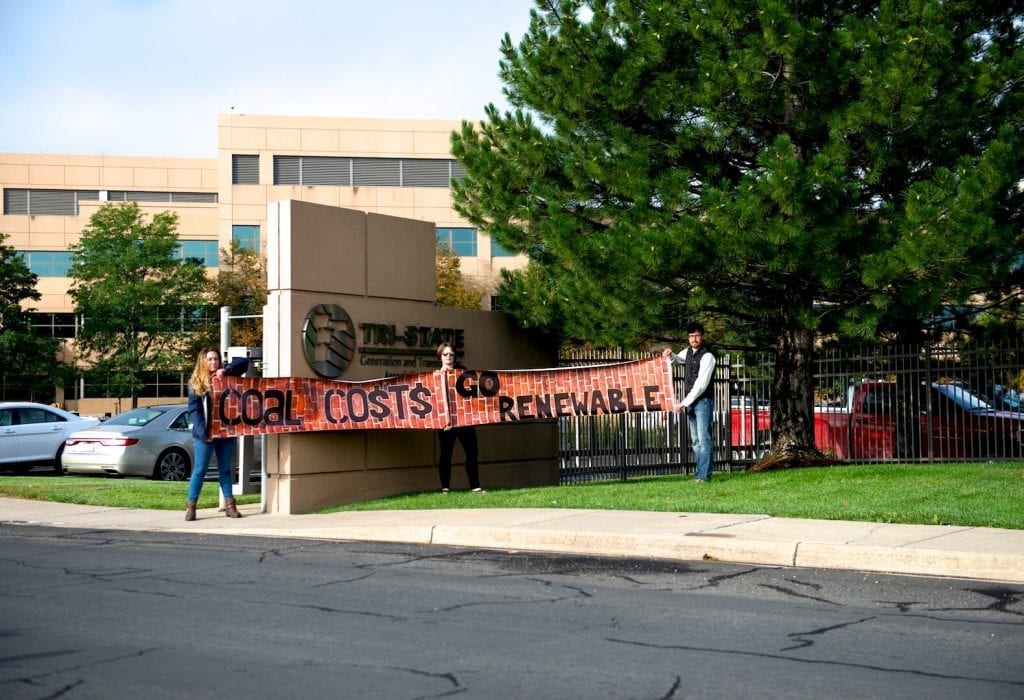
Tri-State is Facing the Writing on the Wall
As its members and partners bail, Tri-State’s business model seems doomed to collapse.
That’s not all bad news. As Tri-State declines, its members stand to enjoy more energy freedom and to reap the economic rewards of local renewable energy development.
5. Salt River Project and Arizona Public Service Likely to be Next to Announce Big Moves from Coal
Salt River Project and Arizona Public Service are both large utilities primarily serving Arizona. And both utilities know that the economics of coal simply aren’t worth it.
As the primary owner of the Navajo Generating Station in Arizona, the largest coal-fired power plant in the American West, Salt River Project decided to shutter the facility by the end of 2019.
Arizona Public Service, is also getting out of the Navajo Generating Station after retiring portions of the nearby Four Corners power plant in northwest New Mexico.
So far, neither Salt River Project nor Arizona Public Service has made any further announcements to move away from coal. However, given that both of the utilities are clearly seeing the reality of coal costs, we should see some additional major shifts away from coal in the west.
Arizona Public Service also owns a portion of the Cholla coal-fired power plant in Arizona. The other owner of Cholla is Pacificorp. And with Pacificorp already seemingly making a move away from coal, it’s hard to believe Arizona Public Service won’t follow.
Salt River Project owns portions of the Hayden and Craig power plants in western Colorado, as well as portions of the Four Corners power plant in New Mexico and Springerville power plant in Arizona. They also fully own the Coronado power plant in Arizona.
Every one of these power plants has been identified as economically costly and risky by financial analysts.
Given all this, it’s hard to believe that Arizona Public Service and Salt River Project will continue to maintain their investments in coal.
4. New Utilities Emerging, Giving Old a Run For Their Money
This is beyond huge.
With the decline in renewable prices, new utilities are actually emerging in the American West.
At the forefront is Guzman Energy, whose stated goal is to “transition an outdated energy economy into the renewable age.”
And just last week, Guzman released a request for proposals to build 250 megawatts of renewable energy in the American West, including 200 megawatts of wind and 50 megawatts of solar.
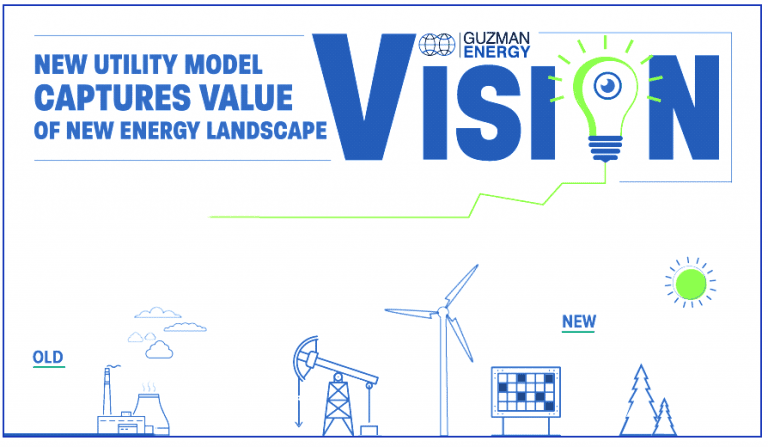
Guzman has emerged as the wholesale power provider for the Kit Carson Electric Cooperative in northern Mexico and also has ambitions to be the provider for the Delta Montrose Electric Association in western Colorado.
They also have serious capital behind their endeavors.
For a new utility to emerge in the American West is almost unheard of in recent times. For a utility to emerge that is singularly focused on transition to renewables is revolutionary.
Seriously, Guzman Energy’s plans could very well give utilities like Xcel Energy and Pacificorp a run for their money.
3. This isn’t Just a Climate Opportunity, it’s a Huge Economic Development Opportunity
More renewable energy means more economic development, particularly in rural communities.
Already in Colorado, the state’s move away from coal to more renewable energy promises more jobs, more local revenue, and overall a huge net economic benefit.
It’s really a no-brainer when you think about it.
For one, developing renewable energy means developing more distributed generating sources, including rooftop solar, wind, and batteries, which are ideally situated in the communities they serve.
For another, as more renewable energy takes hold, energy prices stand to stabilize, if not decline, saving communities in the long run.
Colorado rural electric cooperative Delta Montrose Electric Association’s effort to break free from Tri-State is in fact being driven by the prospect of greater economic prosperity. As the co-op’s CEO stated:
The decision to separate from Tri-State allows for significant economic benefit for our members – including stabilized rates, development of diverse and low-cost local energy, and the creation of new local jobs.
– Jasen Bronec, Chief Executive Officer, Delta Montrose Electric Association
As utilities throughout the American West make the transition to clean energy, it will inevitably open the door for more economic opportunity.
Rural communities in particular stand to reap big rewards as more generation is built locally, sustaining affordable energy, creating jobs, and creating new revenue.
2. No New Gas is on the Horizon
Don’t think natural gas is getting a pass in all this.
The reality is, in the face of utilities’ carbon-free announcements and acknowledgment of economic truths, there does not seem to be a future for this fossil fuel.
It’s telling that although Xcel Energy announced in 2017 plans to construct new natural gas-fired generating facilities in Colorado, the company ultimately abandoned that plan and instead forecasts a decline in natural gas burning.
It’s no wonder. While the economic of coal are the worst, the economics of natural gas aren’t far behind. Xcel’s own data showed that gas simply couldn’t compete with renewables.
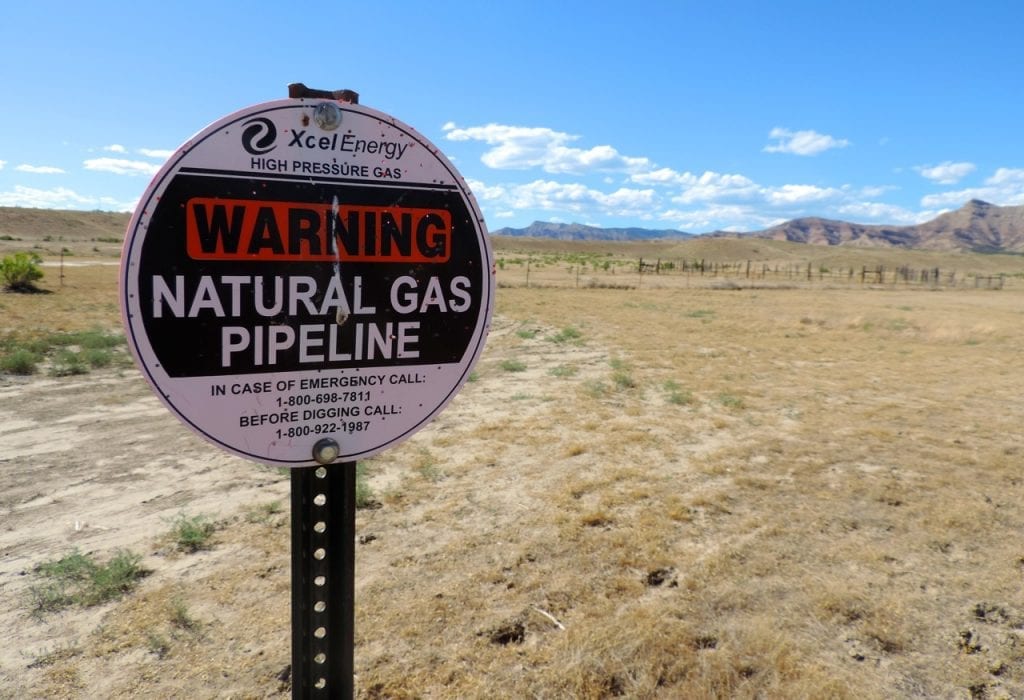
Although natural gas is often thought of as a “bridge” from coal to renewables, it seems the whole notion of a bridge is absurd at this point.
And with the economics being what they are, it seems that utilities are going to start shutting down existing gas plants, effectively demolishing the bridge.
That’s great news for the climate. Despite the assertion that natural gas is cleaner than coal, it actually has an outsized carbon footprint largely because of methane releases associated with fracking.
Methane has 86 times more heat-trapping capacity than carbon dioxide, making it a potent climate pollutant.
1. There’s a Good Chance the American West Will be Coal-free by 2030
Given that all the American West’s most significant coal burning utilities are making or will very likely make big near-term moves away from coal, there’s no doubt that we are likely to see a coal-free American West within a decade.
Sure, not every utility has stepped up to announce bold climate action or a move toward more renewable energy. However, the writing on the wall seems very clear that if utilities don’t go down this path, it could mean their demise.
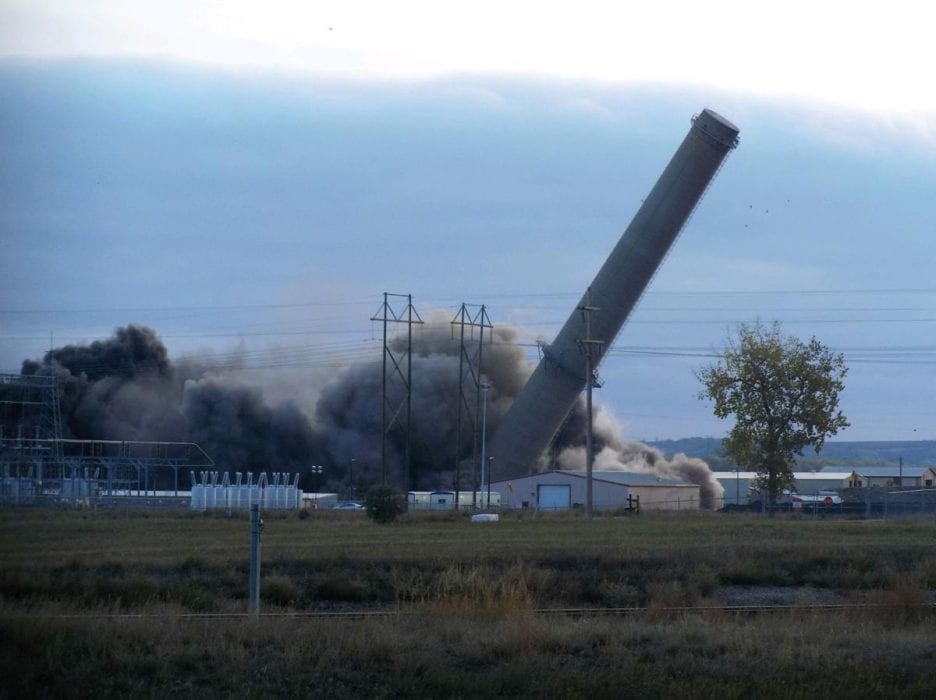
Tri-State Generation and Transmission is already staring at a bleak future due to its unwillingness to move beyond coal.
Other coal burning utilities in the western U.S., including Deseret Power Electric Cooperative, Utah Associated Municipal Power Systems, Basin Electric, Idaho Power, Black Hills Corporation, and others are undoubtedly be staring at the same future. Their failure to move beyond coal could very well be their undoing.
That means whether they like it or not, utilities face the prospect of their coal going away and soon.
And that’s why the American West is very likely to be 100% coal-free as early as 2030.
Epilogue: What About Natural Gas Systems?
Amidst the big energy announcements, there’s a conspicuous lack of focus on utilities’ natural gas services. Xcel, Pacificorp, and others aren’t just electricity providers, they also provide gas to homes, businesses, and industry for heating, cooking, and other uses.
While natural gas systems are more distributed and less high profile than huge, filthy coal-fired smokestacks, they’re equally destructive and disconcerting from a climate standpoint.
In fact, from the point of fracking to the point at which natural gas is consumed, massive amounts of carbon emissions are released from our natural gas systems.
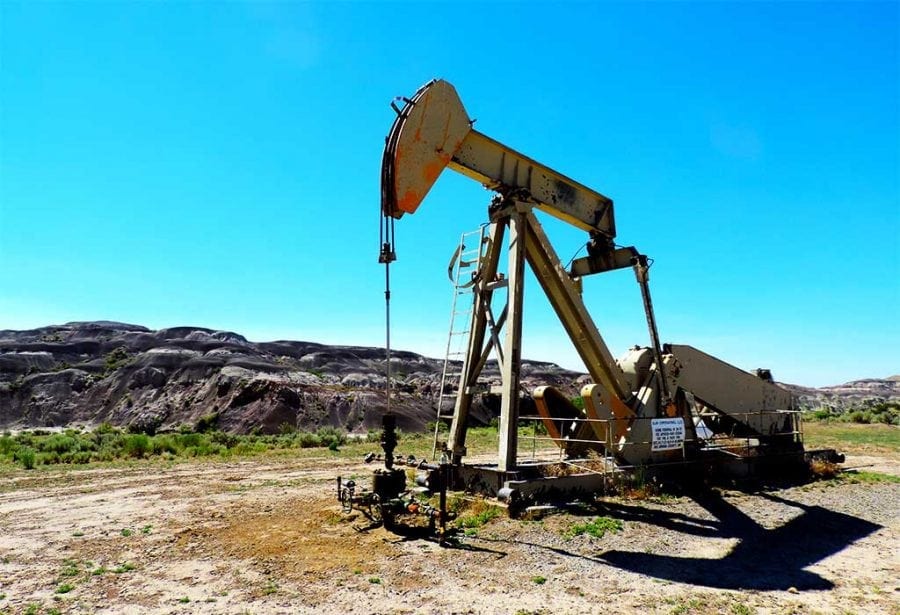
While nationwide, methane leaks and combustion at natural gas well and processing plants release more than 200 million metric tons of carbon annually in the U.S., the consumption of natural gas at homes, businesses, and factories releases nearly 800 million metric tons.
In total, carbon pollution associated with natural gas production and consumption in non-power plant sources accounts for more than 15% of all U.S. climate emissions.
Cleaner electricity generation is critical to saving our climate. However, utilities can’t ignore their overall carbon footprints. That means Xcel, Pacificorp, and others need to start paying attention to natural gas.
And who better than to take action to help our nation move away from natural gas than our electric utilities?
They, more than anyone else, have the means to develop the renewable energy to generate the power needed to run electric furnaces, stoves, ovens, hot water heaters, and other appliances.
Truly, utilities like Xcel and others can transition their customers from gas to electricity and ultimately, be as lucrative as ever.
What a month it’s been. Here’s hoping for more progress for the climate, for 100% fossil fuel-free, and for real economic prosperity in the American West. Stay tuned for more!
